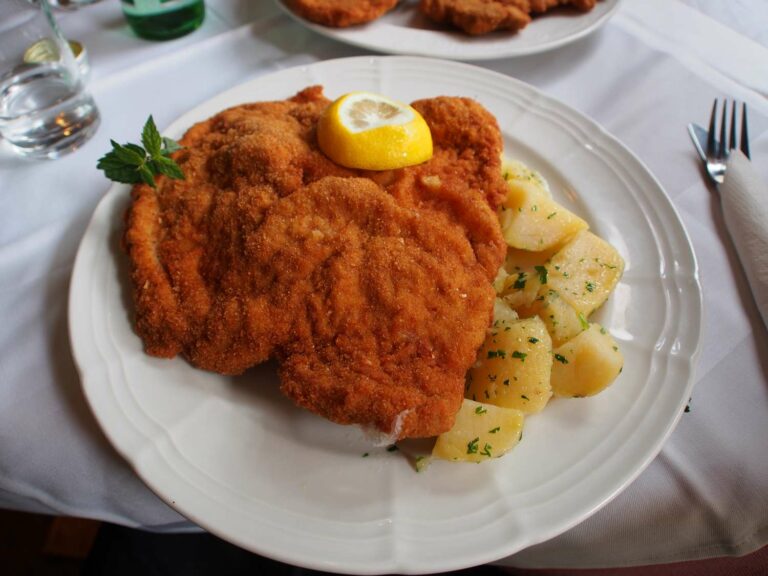Introduction: Austrian cuisine
Austria is a country located in central Europe and is known for its rich cultural heritage, stunning landscapes, and of course, its cuisine. Austrian cuisine is hearty, flavorful, and influenced by various neighboring countries. It is known for its indulgent dishes, such as Wiener Schnitzel and Sachertorte, as well as its famous beverages, including schnapps and wine.
Religious dietary restrictions
Austria is a predominantly Roman Catholic country, and as such, many traditional dishes are prepared following Catholic customs. For instance, during Lent, many Austrians abstain from meat and consume fish instead. Similarly, during Easter, it is customary to eat lamb as a symbol of sacrifice. However, many Austrian restaurants offer non-meat options during these religious periods.
Vegetarian and vegan options
Vegetarian and vegan options are becoming increasingly popular in Austria. Many restaurants offer a wide range of vegetarian dishes, including mushroom strudel, vegetable stews, and cheese spaetzle. Vegan options are also available, although they may be more limited. With the growing trend towards plant-based diets, the demand for vegetarian and vegan options is expected to continue to rise.
Gluten-free and lactose-free diets
Many traditional Austrian dishes contain gluten and lactose, making it difficult for those with gluten or lactose intolerance to enjoy them. However, many restaurants now offer gluten-free and lactose-free options, including gluten-free schnitzel and lactose-free cheese spaetzle. It is recommended to inform the restaurant beforehand of any dietary restrictions to ensure that your meal is prepared accordingly.
Traditional dishes and ingredients
Austrian cuisine includes a wide range of traditional dishes and ingredients, including meats such as pork, beef, and veal, as well as dairy products like cheese and cream. Other popular ingredients include potatoes, dumplings, and fruits such as apples and berries. Traditional dishes include Wiener Schnitzel, Tafelspitz, and Apfelstrudel.
Influence of neighboring countries
Austria’s cuisine is heavily influenced by its neighboring countries, including Germany, Italy, and Hungary. Some popular dishes, such as schnitzel, have German roots, while others, such as goulash, are Hungarian in origin. Italian influence is seen in dishes such as pasta and pizza, which are popular throughout Austria.
Dining etiquette and customs
Austrian dining etiquette is formal and follows a set of customs. It is customary to wait until everyone has been served before starting to eat, and to keep your hands visible at all times. It is also polite to toast before taking the first sip of a drink and to finish everything on your plate. Tipping is also customary, with a standard rate of 10% of the total cost of the meal.
Conclusion: Enjoying Austrian cuisine
While there may be some dietary restrictions in Austrian cuisine, there are still plenty of options available for all types of diets. From traditional meat dishes to vegetarian and vegan options, there is something for everyone to enjoy. With its rich culinary history and diverse cultural influences, Austrian cuisine is a feast for the senses and is sure to delight any food lover.

